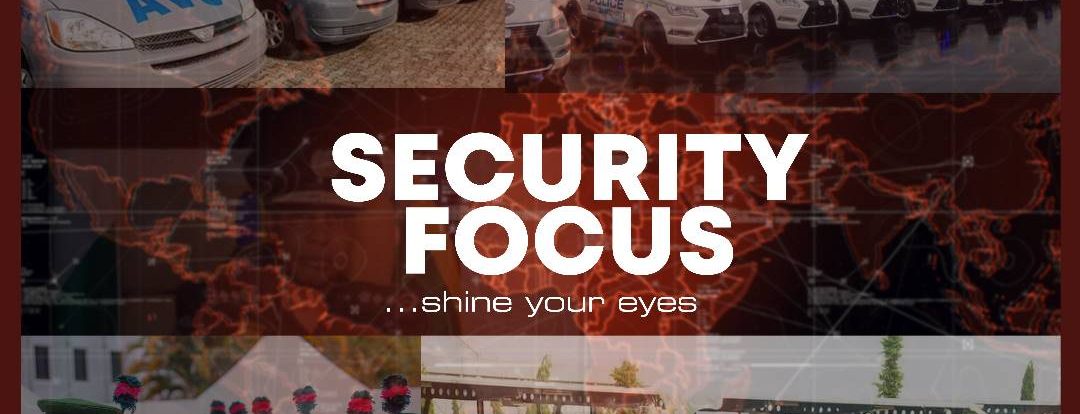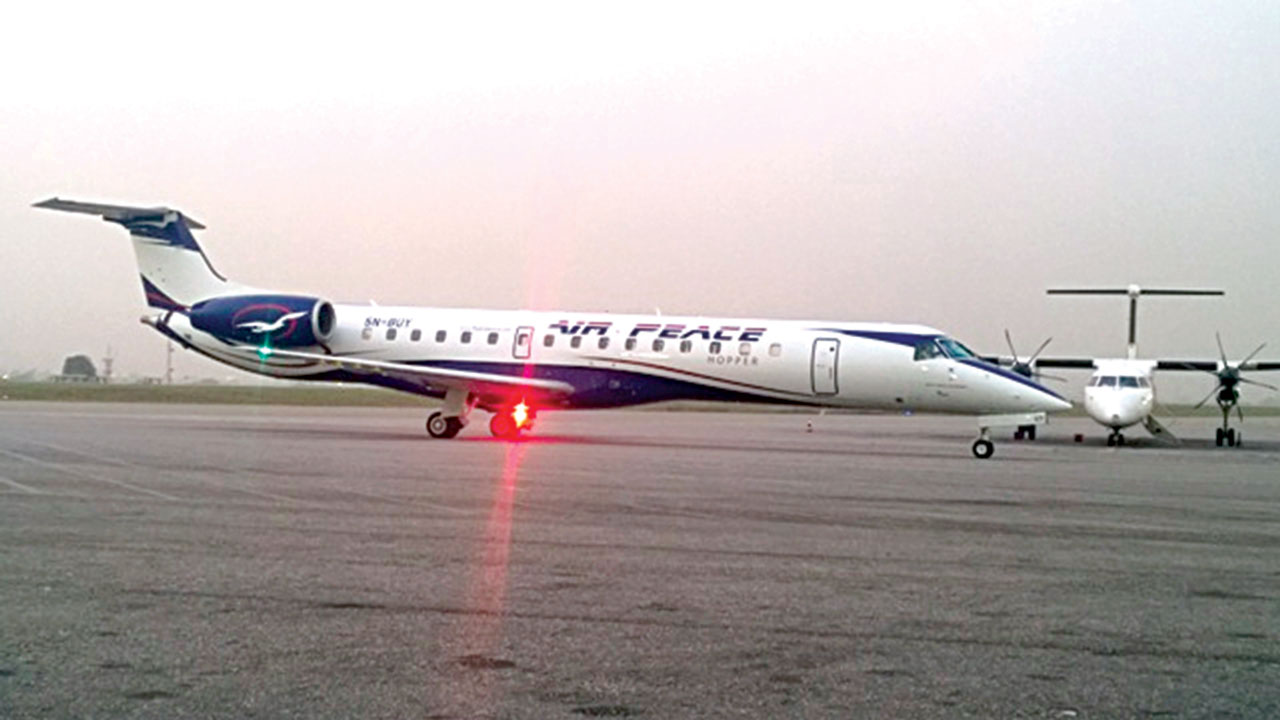Air transportation is still considered the safest way to travel as chances of safety have been put at about one accident in every one point two million flights. There are about three billion air passengers globally every year in about thirty-five million flights. This laudable safest record has, however, become doubtful following series of high profile crashes across the world.
Last year, a helicopter, which conveyed Vice President Yemi Osibanjo from Abuja to Kabba in Kogi state, crash-landed as a result of what was called unusual weather condition. In another development, the body of Cardiff City Football Club player, Emiliano Sala, was recovered under Plane wreckage which went missing over the English Channel Islands on January 21.
Again, the world is still mourning one hundred and fifty-seven victims of many nationalities who perished aboard Boeing Seven-Three-Seven MAX Eight Ethiopian Airline’s Plane crash. In the same vein, another Boeing 737 charter plane carrying 143 people and travelling from Cuba to north Florida in the United States crashed into a river few days ago, though no casualty was recorded. Also, this week, 41 people were killed after plane erupted in flames in emergency landing at a Russian airport.
Those are just few out of many such crashes across the world. According to Aviation Safety Network, there has been a disturbing sharp increase in the number of deaths caused by air traffic accidents. The Agency disclosed that in 2018, there were fifteen fatal airline accidents leading to five hundred and fifty-six deaths, compared to ten accidents and 43 deaths recorded in 2017.
As the World narrows to a global village through improved international relations, especially in the areas of commerce and industry, air transportation has become an indispensible and viable vehicle for socio-economic and political integration as well as development of nations. Unfortunately, the Aviation industry in most countries, including Nigeria, has remained grossly underdeveloped, resulting in rapid decline in national air carrier transport capabilities.
According to experts, the under-funding of the sector in most countries is reflected in poor management of airports and navigational aids which are characterized by obsolete equipment and inadequate facilities. Thus, recent study indicates that around half of all plane crashes happen as the craft comes in to land, four percent occurs during decent, ten percent during the final approach and twenty-five percent during the actual landing.
Other impediments to air transport safety is the Lack of competent technical crew in some countries as reports of aircrafts developing faults two or three minutes after takeoff are evidence of poor services and inspections by the ground crew because proper inspection could even reveal any attempt to sabotage a craft with explosive using bomb detector.
There had also been allegations that some airline operators forge documents to obtain certificate of airworthiness from various Aviation Authorities. Again, lack of relative experience by pilots flying modern aircraft is another serious danger to air safety.
While it is true that modern airplanes are built to withstand turbulence from dense thunderstorms, adverse weather conditions still contribute twenty-three percent to aviation accidents. So, it is very dangerous for Aviation authority of any country not to appreciation the importance of effective weather facilities that will provide prompt and accurate information on weather conditions. In addition, there had been cases where aircraft crashed and claimed many lives because it ran out of gas.
Aviation authorities should therefore put more legal framework in place to prevail on every country to take concrete measures to upgrade facilities and install safety devices in all airports. Airport officials should also adopt better and more reliable methods of inspecting the airworthiness of aircrafts and those found unfit to fly should be grounded.
Here in Nigeria, the Federal Government should be proactive in reconstructing deplorable federal road to provide quality road network as well as accelerate the pace of rail projects to crisscross the entire country to provide people alternative means of transportation within the country.





Comments are closed for this post.